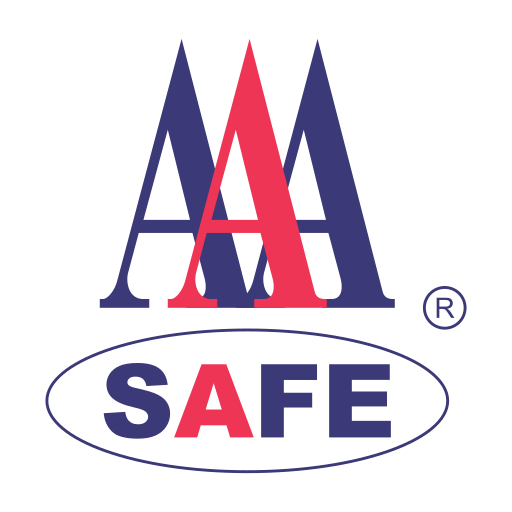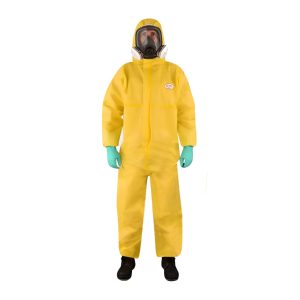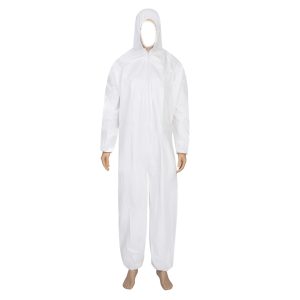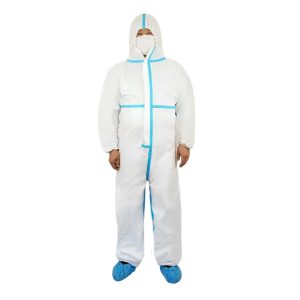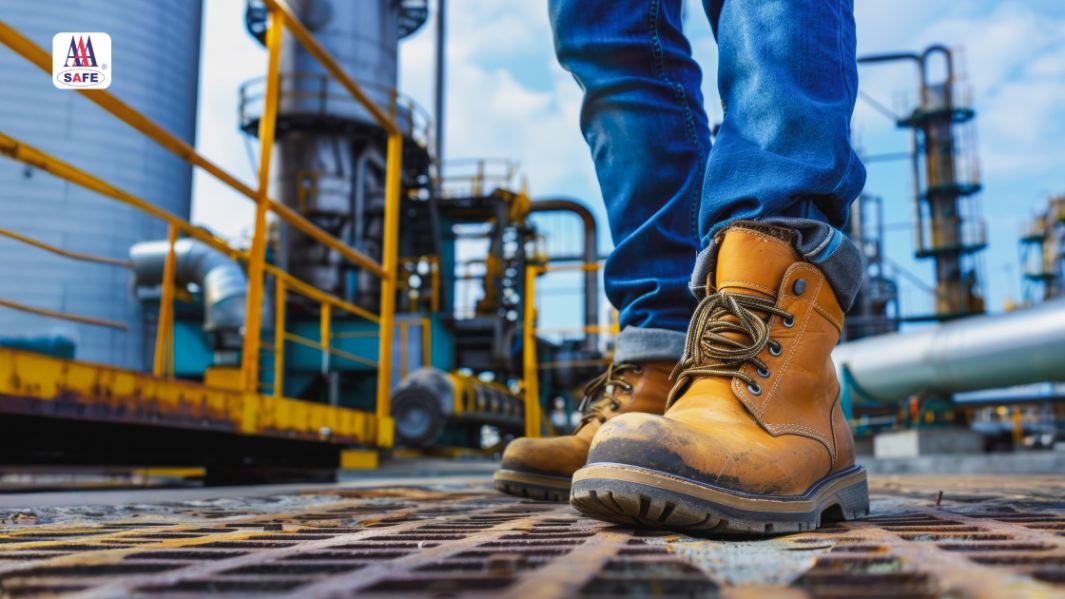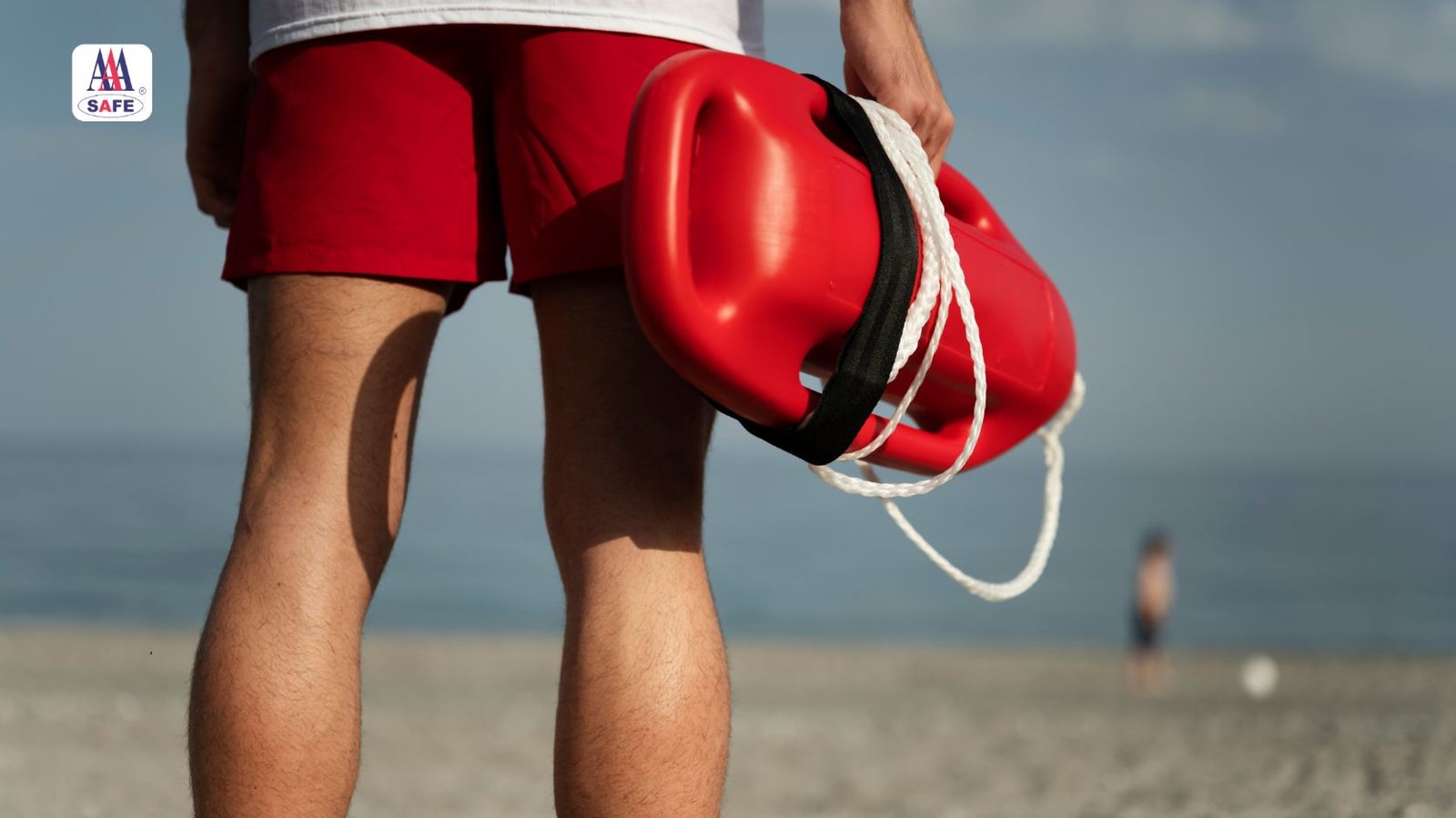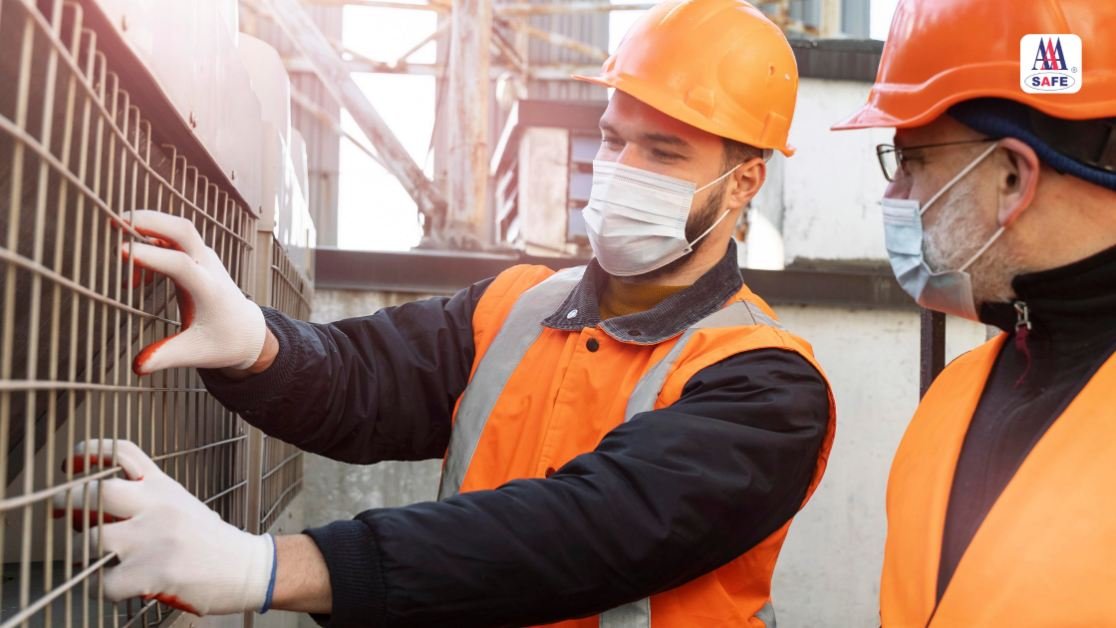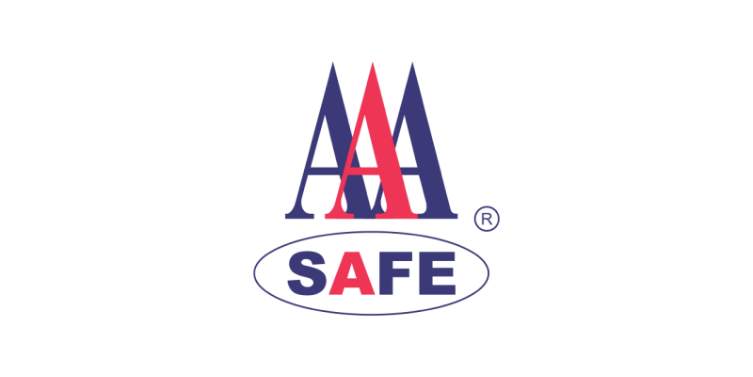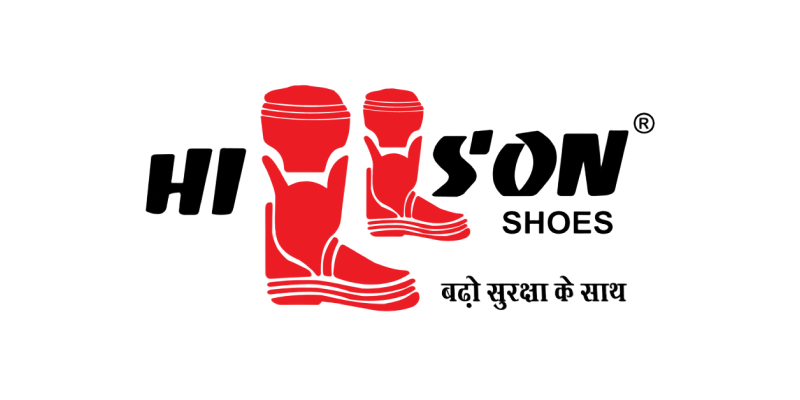If you work at a construction site, the possibility of workplace accidents for you is quite high. Workers in construction are exposed to hazards from acids, radiant heat, sparks, open flames, and heavy materials like bricks and beams.
We all know that construction sites are dangerous and the workers need the best safety gear to keep themselves protected from potential hazards.
When talking about worker safety, protective clothing is the first thing that comes to our mind. But what type of protective clothing do construction workers need? Employers often get confused between overalls and coveralls.
If you also want to know which one of these two will keep you the safest at work, you have found yourself in the right place. In this blog, we will talk about the difference between coveralls and overalls and which one is most suitable for construction jobs.
Coveralls For Construction Safety
As you can guess by the name “coveralls” are clothing that cover your entire body except for your face. They shield your hands, feet, and shoulders, unlike overalls. You can call it a full-coverage jumpsuit that you can wear over your normal clothes.
You can get these coveralls in both short and long sleeves. This type of safety clothing is used to give head-to-toe protection to workers in dangerous working environments.
Coveralls have features that are not there in overalls including elastic cuffs, hoods, and ankle closures. They can significantly reduce the level of exposure to potential industry-specific hazards such as biological agents, particulates, and chemicals.
They are utilized based on the user’s convenience and the demands of the task at hand. They come with both long and short sleeves. It is recommended that you wear the coveralls above any other clothing you may be wearing. This will act as a foundation layer and prevent any uncomfortable chafing.
Although coveralls can be composed of several materials, cotton and polyester mixes are frequently used to create breathable, long-lasting protective gear that serves as a barrier against potentially harmful substances.
Overalls For Construction Industry
Overalls are like a one-piece bodysuit that includes a trouser, a shoulder harness that goes over the shoulder and a bib. This type of clothing is made from lighter and more breathable fabric. Thus, overalls can be worn for extended hours without the workers feeling any restrictions in bodily movements.
Overalls cover the wearer’s torso and legs. However, there’s no such protection or covering for the shoulders except for the straps. You can wear the overalls on top of your normal clothes such as jeans and a T-shirt.
Overalls remind us of blue-collar jobs as many skilled labourers like to wear them while at work. These are available in a range of sizes and styles. Overalls are a cost-effective means to keep workers safe from small hazards such as factory dirt. Also, they are great for protecting the clothes underneath without suffocating you.
Key differences between coveralls and overalls
Both coveralls and overalls offer some level of protection to workers indulging in dangerous activities. However, some key differences set them apart.
1. Coverage: Coveralls give you full coverage only leaving your face. They perfectly shield your arms, torso, legs, and shoulders with a single garment. On the contrary, overalls have the lower body and upper body pieces connected by shoulder straps.
2. Ease of Movement: Overalls may feel a bit more flexible than coveralls due to the separate pieces and hence are great for jobs that require frequent movements such as bending and squatting.
3. Ventilation: As coveralls are from head to toe, you might feel a little bit suffocated or warm in them. But it plays quite well in colder weather when you need the warmth. On the other hand, overalls provide better ventilation and make for a good choice during warmer months.
4. Style and Preferences: While some people may find overalls more comfortable or like the style, others might choose coveralls’ comprehensive coverage.
5. Task-specific Requirements: The decision may also be influenced by the particular requirements of the current construction project. For instance, coveralls made of particular materials might be used if further protection against pollutants or chemical splashes is required.
While there are key differences between coveralls and overalls, it is important to only use the type of protective clothing as guided by the law in your specific country.
Are coveralls better than overalls for construction workers?
To make the statement “coveralls are better than overalls for construction-based jobs: would need you to consider a few things. Coveralls indeed offer full-body protection, ease of wear, specialised material construction and compliance with safety standards. They do make for a preferable choice in construction-based jobs.
However, you cannot dismiss the effectiveness of overalls. They are still suitable for a list of working conditions or could be a personal preference of construction workers. They might find overalls to be more flexible and comfortable to wear.
Ultimately, the decision comes down to the specific work hazards you are exposed to at the construction site, safety requirements for the job and threats present in the environment. It is good to conduct a complete risk analysis first before deciding on which workwear to go for.
What to look for in protective clothing for construction work
An essential component of a secure workplace is well-made work attire. Select the right protective gear for your body based on the conditions in which you will be operating. You’ll need clothing that complies with rules, lessens the possibility of accidents, permits easy movement, and keeps you cosy no matter the weather.
To protect your safety and comfort as well as the safety and comfort of your staff, take into account the following factors while shopping for safety apparel.
Material
Construction is a rugged job and you need sturdy, long-lasting clothing to withstand the testing conditions. Thus, the material of your workwear matters a lot. It will define the durability of your clothing and your comfort on the job.
These workwear can be made comfortable using a wide array of materials. Some of the popular options include denim, cotton, and polyester. Make sure you closely consider the pros and cons of each of these materials concerning the specific hazards present at the construction site.
Natural materials such as cotton are breathable, airy and much more comfortable than other type of material. Denim is a robust fabric that can withstand abrasions, although it’s typically paired with high-visibility workwear.
Polyester is a synthetic material and is the most common type found in construction workwear. It is also a less expensive option than other materials. Moreover, it is lightweight and long-lasting allowing you to move your body freely without worrying about chaffing your clothes.
Comfort
No matter what job you have, comfort is the most important element to make sure you stay productive at work. Like other jobs, construction jobs also have protective clothing to make things more comfortable when nothing else is.
Look for loose-fitting coveralls or overalls with plenty of pockets to keep your tools so you can use them whenever you need them. Do not go for clothing that clings to surfaces or could snag on machines.
Wearing clothes that fit properly and are comfortable will reduce your risk of having an accident at work. Furthermore, since you won’t have to worry about your clothing being too thin, too hot, too tight, or too loose, you’ll be more focused and productive at work. You’ll be able to focus better because there won’t be as many outside distractions.
Weather resistance
If you are an outside worker, you are aware that the weather has a significant impact on your comfort level. Furthermore, although the weather is beyond your control, what you wear is. Weather-resistant clothing is crucial for this reason. In any weather, it can assist you in staying dry and comfy.
There are many options available for workwear that is resistant to weather. There are numerous materials, styles, and colour options available. For every budget, there is also workwear that is resistant to the weather.
Seek out breathable, water-resistant workwear that can withstand the elements. You’ll benefit from being warm in the winter and cool in the summer. Make sure to carry extra clothes in case the weather turns bad and choose clothing with lots of pockets to hold your valuables.
Safety regulations
As per Dubai Municipality, the following safety guidelines should be followed for using construction-related workwear:
- Employees working with cement and concrete shall wear necessary personal protective equipment such as Goggles, protective helmets, gloves, rubber boots, and suitable clothing which covers the body completely and prevents the exposure of the skin to cement concrete, and any other chemicals used in construction as practically as possible. Suitable masks shall be used when working with bulk cement.
- Loose clothing shall not be worn while working with power tools and compressed air equipment.
- The use of compressed air for blowing dirt from clothing or any part of the employee’s body shall be prohibited.
Conclusion
A poorly run and dangerous work construction environment is one where workers lack the proper safety gear. Businesses that ensure their employees are dressed appropriately for safety are more likely to have contented and productive employees.
